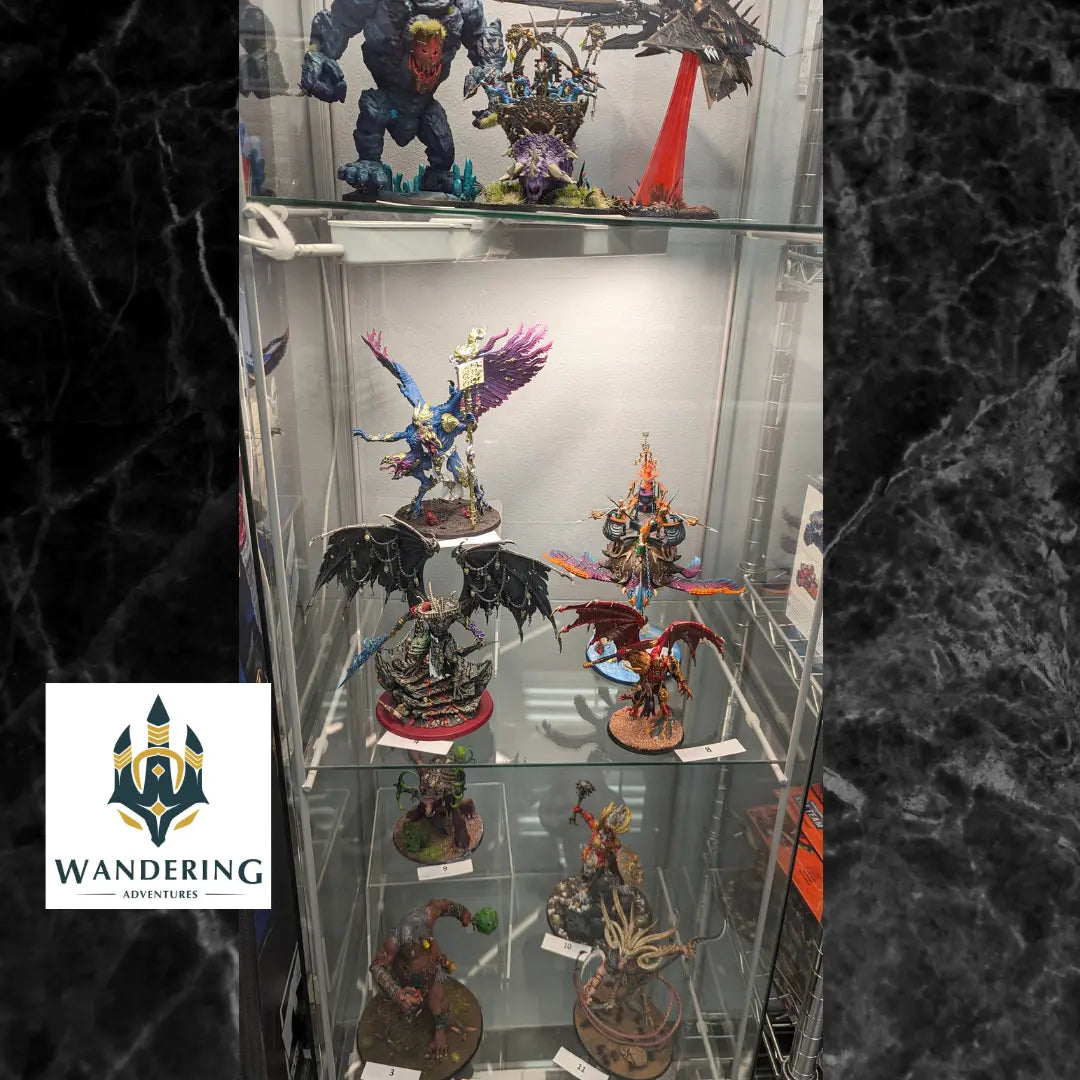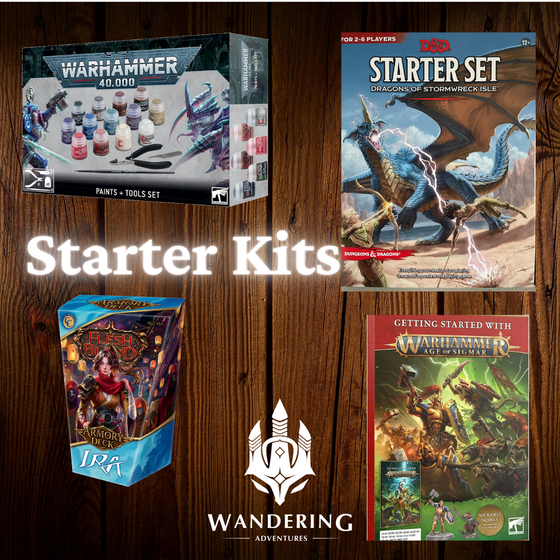Preparing Your Entry Into A Painting Competition

Hey everyone,
This week we have our last painting competition for our Escalation League. Check out some of the entries below. If you want to come and vote, you know where to find us at: Wandering Adventures.



Today I wanted to talk a little bit about preparing a miniature for a painting competition. The GTA has a couple a year, plus they usually have awards at any of the big GT's for painting. Now, you have to consider what kind of level you want to bring your piece to. Do you want this just to be a big centerpiece model for your army, or do you want this stand-alone piece to be on a shelf looking awesome?
Below are some tips for the shelf piece, but of course the techniques can be applied and adjusted for any sort of piece.
Preparing a miniature for display competitions involves attention to detail, craftsmanship, and creativity. Whether you're working on miniature models, dioramas, or other small-scale projects, here are some steps to help you prepare for a competition:
-
Choose Your Theme:
- Decide on the theme or concept for your miniature. It could be historical, fantasy, sci-fi, or any other idea that inspires you.
-
Research:
- Gather reference materials, images, and information related to your theme. This will help you create a more accurate and realistic representation.
-
Select Your Scale:
- Miniatures come in various scales. Choose the scale that suits your project and ensures that all elements are proportionate to each other.
-
Plan Your Layout:
- Create a rough sketch or plan for your miniature. Decide on the layout, placement of figures, and key elements within the scene.
-
Gather Materials and Tools:
- Acquire the necessary materials, such as paints, brushes, adhesives, sculpting tools, and any specialty items required for your project.
-
Work on the Base:
- Begin with the base or foundation of your miniature. It should complement your theme and provide stability. You can use materials like wood, foam board, or clay.
-
Build and Paint:
- If your project involves figurines or structures, assemble and paint them with care. Pay attention to details, shading, and highlights to make them stand out.
-
Create Realistic Landscaping:
- If your miniature includes natural elements like trees, rocks, or water features, craft them to look realistic. Consider using natural materials like twigs, pebbles, and real water effects.
-
Weathering and Aging:
- Add weathering effects to your miniature to give it a sense of realism. This may include rust, dirt, moss, or other aging effects depending on your theme.
-
Attention to Details:
- Pay close attention to details such as facial expressions on figurines, signage, weathered textures, and small accessories that enhance the narrative.
-
Lighting:
- If possible, incorporate lighting effects that highlight key elements and create ambiance. LEDs or small bulbs can be used to achieve this.
-
Presentation:
- Mount your miniature on a sturdy and attractive display base. Make sure it's easy to transport and handle. Consider using a display case to protect it from dust and damage.
-
Documentation:
- Create a brief description or story related to your miniature, including the inspiration behind it and any historical context if applicable. This can be included with your entry.
-
Practice and Patience:
- Take your time and practice your techniques to achieve the desired results. Be patient, as the process can be time-consuming.
-
Quality Control:
- Continuously assess your work and make improvements where necessary. Seek feedback from peers or mentors to refine your skills.
-
Enter Competitions:
- Research local or online miniature competitions and enter your creation. Follow the rules and guidelines for each competition, and be prepared to answer questions about your work.
Remember that preparation and attention to detail are key when it comes to miniature competitions. Keep honing your skills and learning from each project to improve your craftsmanship and artistic abilities.



